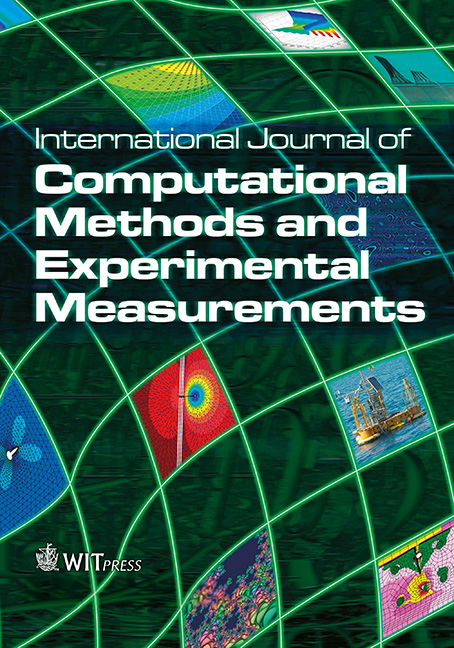COUPLING OF VISCOUS AND POTENTIAL FLOW MODELS WITH FREE SURFACE: IMPLEMENTATION AND APPLICATION TO OFFSHORE ENGINEERING
Price
Free (open access)
Volume
Volume 4 (2016), Issue 4
Pages
10
Page Range
413 - 423
Paper DOI
10.2495/CMEM-V4-N4-413-423
Copyright
WIT Press
Author(s)
XIN LU, YU CHEN, DOMINIC DENVER JOHN CHANDAR & JING LOU
Abstract
This paper presents a newly developed overlapping domain decomposition (ODD) method, which forms the basis of a near-far field coupling solver for a wide range of wave-structure interaction problem. In this method, the computational domain is decomposed into near- and far-fields which are then modeled separately by solving the viscous Navier-Stokes equation (NSE) and the Potential Laplacian equation (PLE), respectively. The free-surface problem is solved in both domains but using totally different strategies: a moving mesh-free surface tracking method is adopted in the potential domain; and the volume of fluid (VOF) method is used to track the free surface in the viscous domain. The novelty of the reported method lies in two-folds. First, similar to the relaxation zone technique, the introduction of the overlapped buffer zone eliminates the need of performing time time-consuming iterative schemes in the non-ODD methods to ensure the matching of free-surface elevation at the domain boundaries. Second, an in-house developed OVERSET method is adopted for the viscous domain solver to handle large object displacement in the case of extreme event. Finite volume method (FVM) is adopted to discretize both the NS and PL equations. The proposed method has been implemented in the OpenFOAM platform. To validate the method, is firstly employed to simulate a solitary wave and the resulting wave parameters are compared to the analytical solution, which suggests the accuracy and efficiency of the proposed method.
Keywords
coupling, far field, near field, wave dynamics




